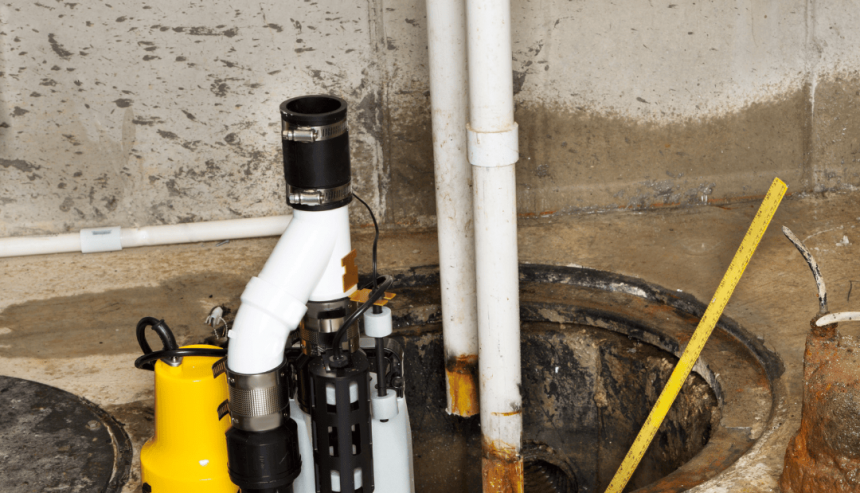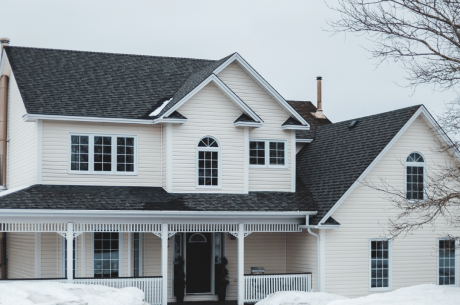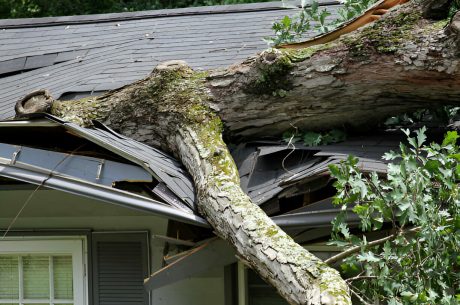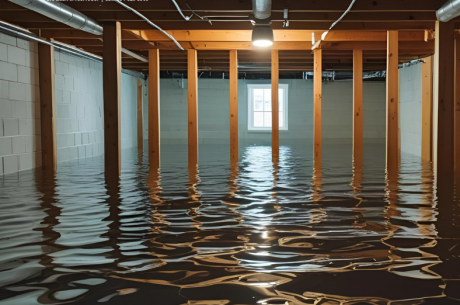Table of Contents
Protecting Your Ann Arbor Home from Water Damage
Spring in Ann Arbor often brings heavy rains, and for many homeowners, that means relying on their sump pumps to keep their basements dry. But what happens when your sump pump backs up or fails? Water damage can occur quickly, leading to costly repairs and potential mold growth. Understanding why sump pump backups happen and how to prevent them can save you from a major headache.
Common Causes of Sump Pump Backup
A sump pump failure can occur for several reasons, including:
1. Power Outages
Severe storms often cause power failures, leaving sump pumps inoperable when they’re needed most. Without a backup power source, water can quickly accumulate in your basement.
2. Overwhelmed Pump Capacity
Heavy rainfall or rapid snowmelt can produce more water than your sump pump can handle, leading to flooding and water damage.
3. Clogged or Frozen Discharge Pipes
A sump pump’s discharge line expels water away from your foundation, but if it becomes clogged with debris or freezes in cold weather, the water has nowhere to go and backs up into your basement.
4. Lack of Maintenance
A sump pump that isn’t cleaned and tested regularly can develop issues such as clogged intake screens, stuck float switches, or motor failure.
5. Pump Age and Mechanical Failure
Sump pumps typically last between 7-10 years. Over time, wear and tear can cause motor burnout or other failures, leaving your basement vulnerable to flooding.
How to Prevent Sump Pump Backups in Ann Arbor
1. Install a Battery Backup System
Since power outages are a major cause of sump pump failures, installing a battery backup system ensures that your pump keeps running even when the electricity goes out.
2. Consider a Water-Powered Backup Pump
A water-powered backup pump doesn’t rely on electricity; instead, it uses your home’s water pressure to remove excess water. This can be an effective alternative or supplement to a battery backup system.
3. Keep Your Discharge Line Clear
Ensure that the sump pump’s discharge line is free from debris and is properly insulated during the winter months to prevent freezing. Redirect the water flow away from your foundation to reduce the risk of recirculation.
4. Schedule Regular Maintenance
At least once a year, test your sump pump by pouring water into the pit to ensure it activates properly. Clean out any debris and check for worn-out components.
5. Upgrade to a Higher-Capacity Pump
If your sump pump frequently struggles during heavy rain, consider upgrading to a higher-capacity pump that can handle more water per hour.
6. Install a Smart Sump Pump Alarm
Smart sump pump alarms notify you via smartphone alerts if your pump stops working or if water levels start to rise unexpectedly.

What to Do If Your Basement Floods Due to Sump Pump Failure
Even with preventative measures, unexpected failures can still happen. If your basement floods due to a sump pump backup, taking quick action is crucial:
- Shut off electricity to the affected area to prevent electrical hazards.
- Remove as much standing water as possible using a wet/dry vacuum or a portable pump.
- Call a professional flood damage restoration company like PuroClean of Ann Arbor for emergency water extraction and drying.
- Mitigate mold growth by starting the drying process immediately with dehumidifiers and fans.
- Inspect and repair your sump pump to prevent future failures.
Trust PuroClean of Ann Arbor for Expert Water Damage Restoration
If your basement has flooded due to a sump pump backup, you need immediate professional assistance to prevent further damage and mold growth. At PuroClean of Ann Arbor, we specialize in emergency water damage restoration, using advanced drying techniques to restore your home quickly and efficiently.
Call PuroClean of Ann Arbor at (734) 926-5900 for 24/7 flood cleanup and water damage restoration




 PuroClean of Ann Arbor
PuroClean of Ann Arbor